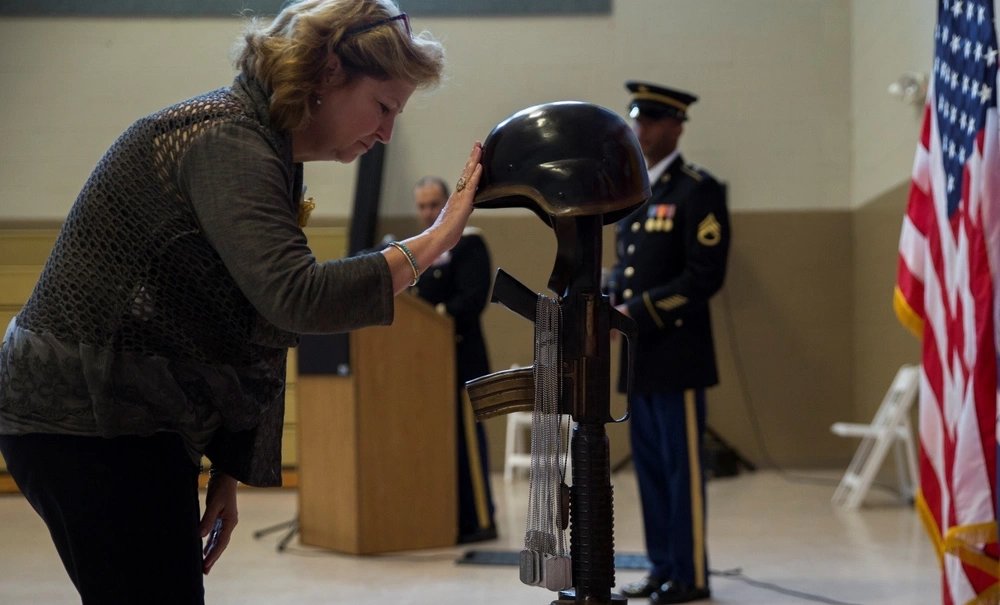Gold Star Mother’s Day is a special day, dedicated to parents and families who have lost children in the line of war. The last Sunday in September is set aside each year, known as National Gold Star Mother’s Day. The holiday is meant to recognize, remember, and respect those who are missing fallen soldiers.
The observance has been around since World War I, but was officially given a presidential proclamation in 1936 by President Franklin D. Roosevelt as a way to honor the growing number of families were joining the heartbreaking status of losing a family member in action.
On Sept. 23, 2011 President Obama stated, “Gold Star mothers and families know the immeasurable cost of fighting for the ideals we believe in, and they know the pride that comes with exemplary service to America.”
Ways to honor Gold Star Mother’s Day
It’s tradition for the President to call for a display of flags in honor of Gold Star Mother’s Day. In addition, public gatherings and events are held, varying between states and entities.
American Gold Star Mother’s hosts an annual weekend event with fundraising and in-person gatherings. Traditionally, the organization wears white for mourning in solidarity; they work to create unity and support among Gold Star Mothers. They were founded in 1928 by one Mom who was searching for her son who had disappeared while serving in WWI. She volunteered at veteran’s hospitals in search of him, and connected with other grieving mothers along the way. Today, the organization has more than 1,000 members.
Gold Star Mothers are encouraged to join the organization to find support, or participate in other fundraising events that help fund donations to veteran hospitals and Wreaths Across America. The rest of community can share content online, provide support, and include the hashtag of #GoldStarsMothersDay.
Each year, the final Sunday in September is also recognized as Parents of Fallen Military Sons and Daughters Day in the state of New Jersey.
The history of Gold Star families
The usage of a gold star to define a family as having lost a soldier dates back to WWI. During the war, families displayed service flags that represented a loved one at war. A blue star was shown for each soldier, and if the soldier was killed in action, it was replaced with a gold star. Usually, they used the flag of the family member’s branch of service as well. Hence the terms still used today, blue star and gold star families. Further differentiating like gold star wives, mothers, etc. are also used regularly.
The practice was continued into WWII when as much as 12% of the U.S. population served in the military. Today, just 1% serves from the American population. However, we have still lost more than 16,000 soldiers since 9/11 outside of war, and another 7,000 in the Afghanistan and Iraq wars. Thousands of other Gold Star families are also still living from previous wars, including the Korean War, Vietnam, WWII and more.
To honor others on Gold Star Mother’s Day, remember to give respect to mourning families and include the hashtag #GoldStarFamilies

